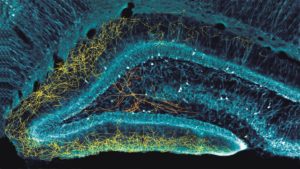The book was co-authored by ECE Master’s student Wesley Joo-Chen Thio and Professor Emeritus Julien Sprott of U Wisconsin.


The book was co-authored by ECE Master’s student Wesley Joo-Chen Thio and Professor Emeritus Julien Sprott of U Wisconsin.

Atif’s coding framework addresses quantum information network coding problems and has helped uncover new insights into the world of quantum information.

Jian works to improve the efficiency of high-power electronics for better energy security and sustainability.

Mohanty’s research is focused on advancing high electron mobility transistors for next generation wireless technologies.

Jian’s research is focused on improving the efficiency of high-power electronics, which is important for energy security and sustainability.

Sheth is the co-founder of Inspiritus Health and has developed a simple to use, non-invasive medical device that keeps patients’ muscles engaged when they are on a ventilator to prevent muscle atrophy.

A charge-neutral information carrier could cut energy waste from computing, now that it can potentially be transported within chips.

A longstanding collaboration between engineers and neuroscientists leads to new insights into how neurons work in the hippocampus.
Discovery could pave the way to high speed, low-energy quantum computing.
The post Quantum tech: Semiconductor “flipped” to insulator above room temp appeared first on Michigan Engineering News.
PhD student Trevor Odelberg is looking to enable long range, highly reliable, and low-power cellular IoT devices that one day can run entirely on harvested energy, reducing battery waste and empowering devices to last for decades.
The post Batteryless next-generation cellular devices could empower a more sustainable future appeared first on Michigan Engineering News.